Bent's Old Fort
Once a lonely sentinel on the edge of the Great Plains, this rebuilt trading fort offers a glimpse of life on the Santa Fe Trail.
Bent’s Old Fort is situated on a broad bend of the Arkansas River, just east of La Junta, Colorado. Brothers Charles and William Bent built the outpost in the 1830s as a place for travelers to rest on the Santa Fe Trail and as a trading post with the Cheyenne and Arapahoe tribes that populated the plains of eastern Colorado. What they built was, in fact, a junction between two cultures.
The walled fort thrived from 1833 to 1849 and was the only permanent American structure between St. Louis and Santa Fe. Built of adobe mined from the nearby hills, it was the hub of a trade culture between the local indigenous people, who exchanged tanned buffalo hides and other local goods for metal items like pots and pans, as well as weapons. The Bent brothers knew the value of good relations with the native people, and both married into the Cheyenne tribe, ensuring they had familial contacts and protections.
Interestingly, Bent’s Fort permitted only the men of the tribes to trade at the fort, yet in the culture of the Cheyenne and Arapahoe (as well as many other native cultures) the men owned no goods other than the weapons they carried. All household goods, and most specifically, the highly prized tanned leather goods, belonged to the women of the tribe. Although the fort provided many goods that appealed to the men of the tribe, most of their trade was done in household goods. A man who traded away his wife’s goods for his own interests wasn’t welcomed upon his return.
Over the years, the fort was visited by many of the legends of the early American West: Kit Carson was a hunter for the fort in the early 1840s; John C. Fremont used it as a staging area for his expeditions of the Rocky Mountains; and during the Mexican-American War Colonel Stephen Watts Kearny used the fort as a staging area for his conquest of the northern Mexico territory (present-day New Mexico). Hundreds of others, from teamsters to traders to mountain men, either visited the fort or made it their home.
One of the many unsung residents was Jean Baptiste Charbonneau, the son of French-Canadian explorer Toussaint Charbonneau and, more importantly, Sacagawea, a Lemhi Shoshone woman who helped Lewis and Clark explore the Louisiana Territory. Charbonneau served as the chief hunter for the fort in 1844 until he joined the Kearny expedition.
Bent’s Fort remained open until 1849. Charles Bent had been killed in Taos in 1847, and William continued to run the trading post but a cholera epidemic decimated the Cheyenne and Arapahoe people in 1849. William abandoned the fort and burned it to the ground before moving to Bent’s New Fort about 40 miles down the Arkansas River. In 1960, the U.S. Park Service started archeological excavations of the fort. Upon completion of the excavations, the Park Service decided to rebuild the historic outpost for the U.S. Bicentennial on the foundations of the old fort.
Know Before You Go
The Bent's Old Fort Historic Site is located on Colorado 194 about 8 miles northeast of La Junta. It is open every day of the year except Thanksgiving, Christmas, and New Year's Day. It is open from 8 a.m. to 5:30 p.m. from June 1 to August 31. From September 1 through May 31, it is open from 9 a.m. to 4 p.m. There is a short walk from the parking lot to the fort.





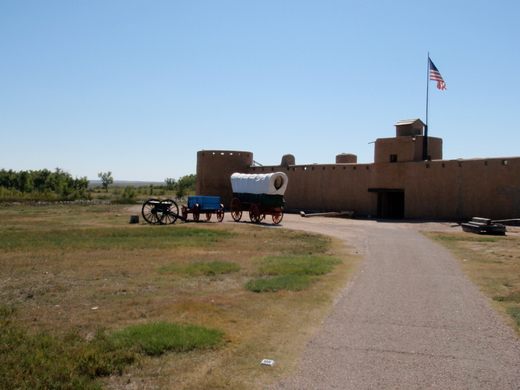













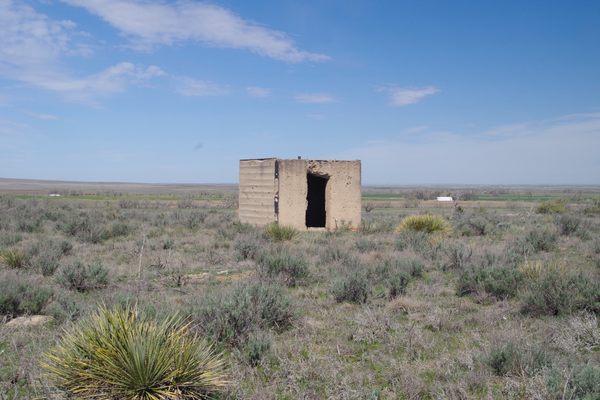
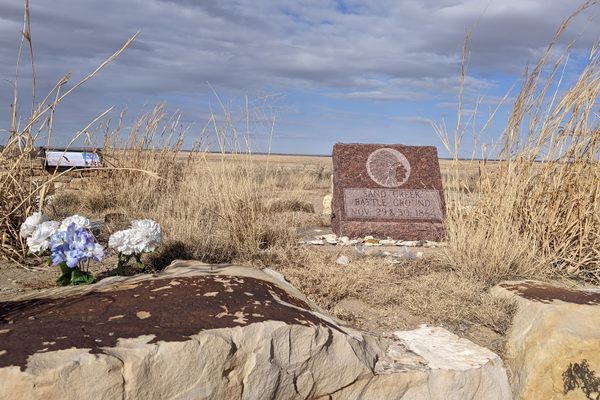


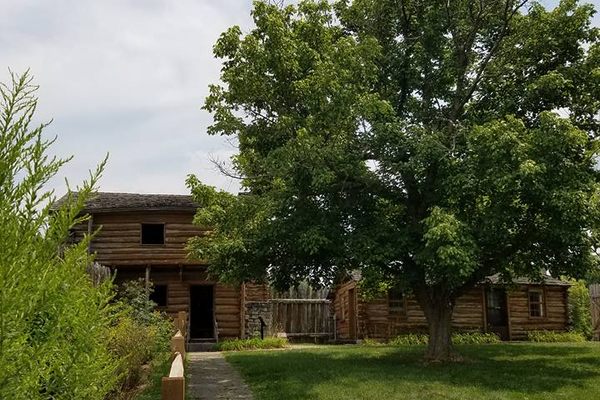

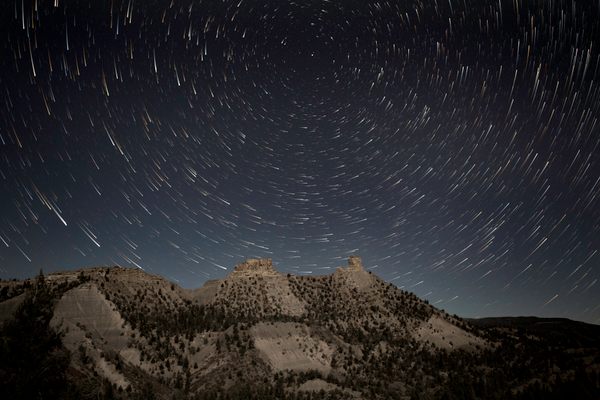

Follow us on Twitter to get the latest on the world's hidden wonders.
Like us on Facebook to get the latest on the world's hidden wonders.
Follow us on Twitter Like us on Facebook